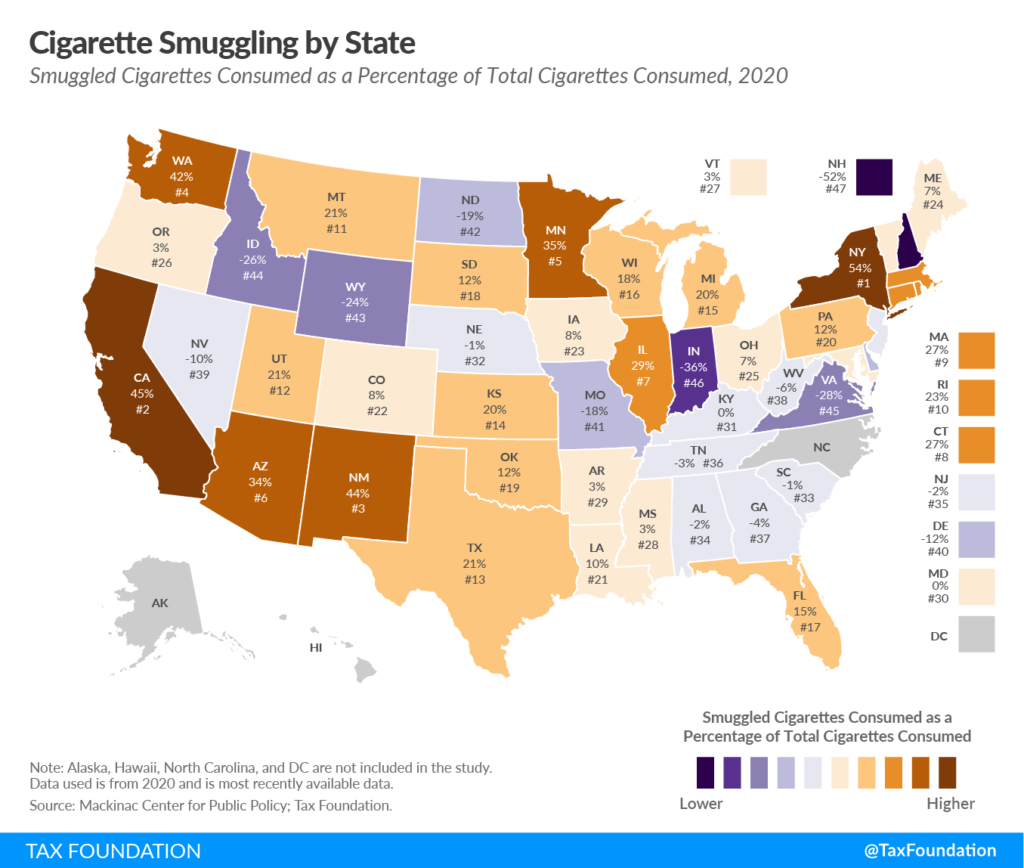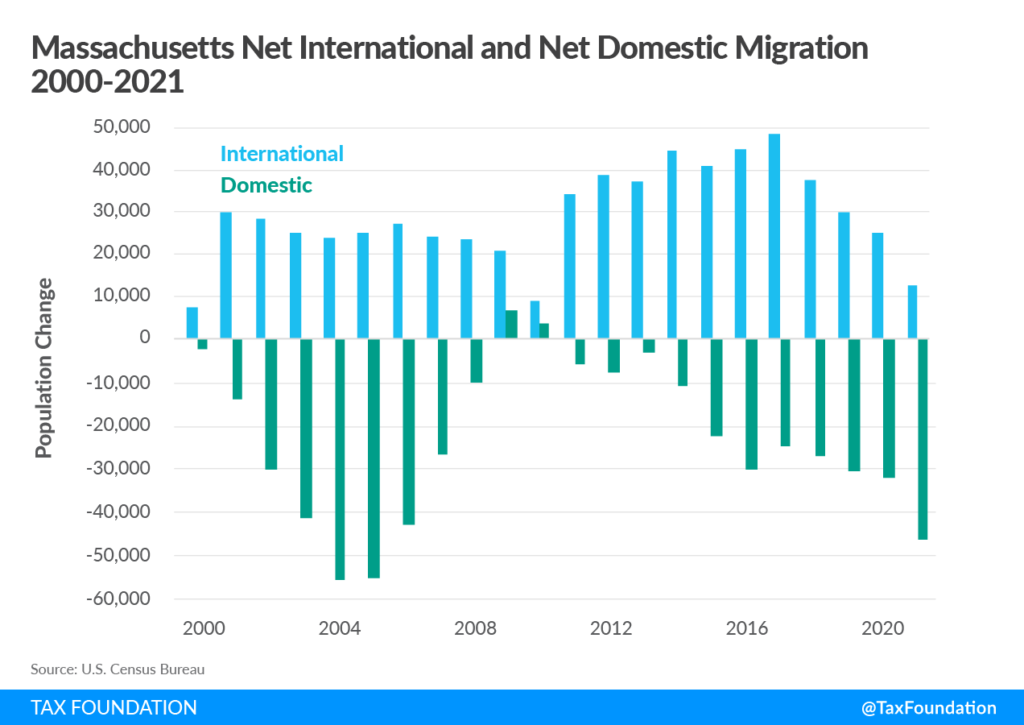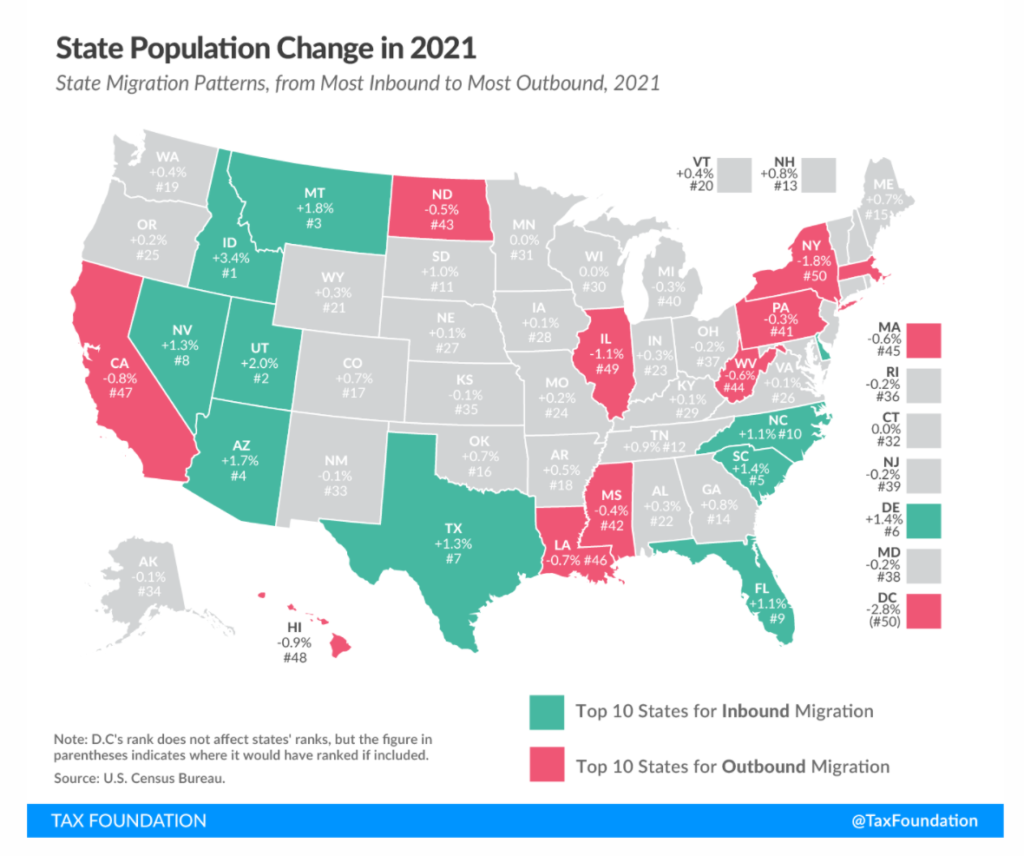Excerpt:
Millions of taxpayers were asked to delay filing their 2022 tax returns after questions arose over whether or not specific rebates should be included as taxable income, and now the Internal Revenue Service has given their answer.
The IRS said in a press release that “in the interest of sound tax administration,” residents in most states, including Illinois, will not be required to report rebates on their federal tax returns, and that filing of those returns can continue.
There were limited exceptions, including Alaska’s Permanent Fund Dividend, but for the most part all states that were included in the original notice will not require their taxpayers to report the rebates as income.
Illinois was included in a large group of states whose residents were advised to potentially delay filing their taxes after questions arose about the reporting of rebates given to taxpayers and property owners.
Those rebates, passed as part of the state’s fiscal year 2023 budget, were given to individuals who made less than $200,000, or couples who made less than $400,000. Those rebates returned $50 to each taxpayer.
Property tax rebates of up to $300 were also made available as part of the program.
Under the new IRS guidance, those payments are considered to be “general welfare” payouts, and therefore are not subject to federal income taxation.
Author(s): James Neveau
Publication Date: 12 Feb 2023
Publication Site: NBC Chicago





